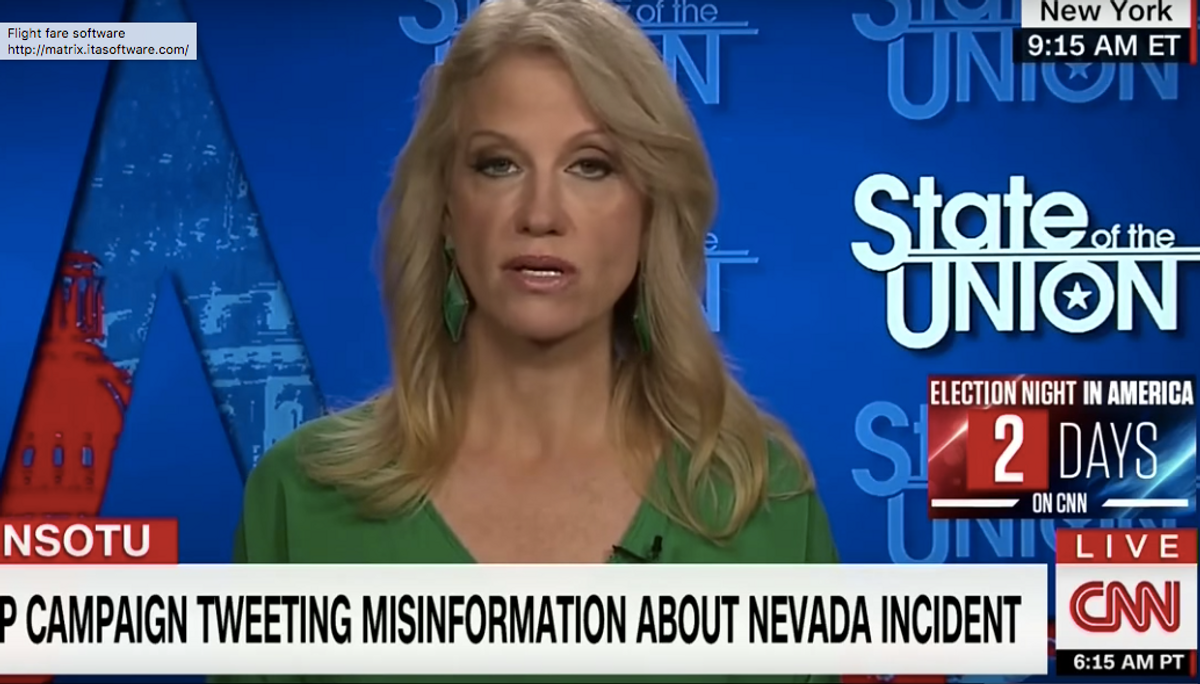Little kids love playing make-believe. And there's no reason to harsh their mellow. But there comes a time when you have to explain the difference between fact and fiction. Maybe an older sibling put a scary notion in their head. Maybe they're trying to get away with a fib. Or maybe they caught wind of a tragedy in the news and you have to explain that it won't hurt them. For some kids, fantasy-reality confusion can lead to nighttime fears and anxiety.
Keep in mind that small children are at a stage in their development that's very concrete. They haven't yet developed the ability to think in abstract terms, and they're not super secure about the difference between fantasy and reality. Use visual examples of the ideas you're trying to teach -- and back off if you sense they're not quite ready to give up their pretend world quite yet.
- Start with what they know. Use ideas that they know are pretend, such as monsters or other fantastical creatures. Talk about how those things aren't really real -- they're just ideas we've made up in our heads.
- Relate their media to the real world. When a character does something realistic or a scene is realistic, make the connection for kids: "That's how it would happen in real life."
- Compare and contrast. Use items that they're familiar with, such as toy or food packaging, and ask kids to explain the similarities and differences between what's inside and what's pictured on the outside.
- Talk about the differences between media and reality. When you're reading together or watching TV, ask what would happen if someone really did what's in the book or on the show.




Shares